hyperion
Purpose-built for the Oil and Gas industry.
Facilitating oil owners and EPC contractors to move from FEED to "oil in" faster.

meet hyperion
Hyperion combines Charlie’s intelligence with 16 specialized execution modules. Each one targets a specific bottleneck so that every phase of the project is optimized, tracked, and accelerated in real time.
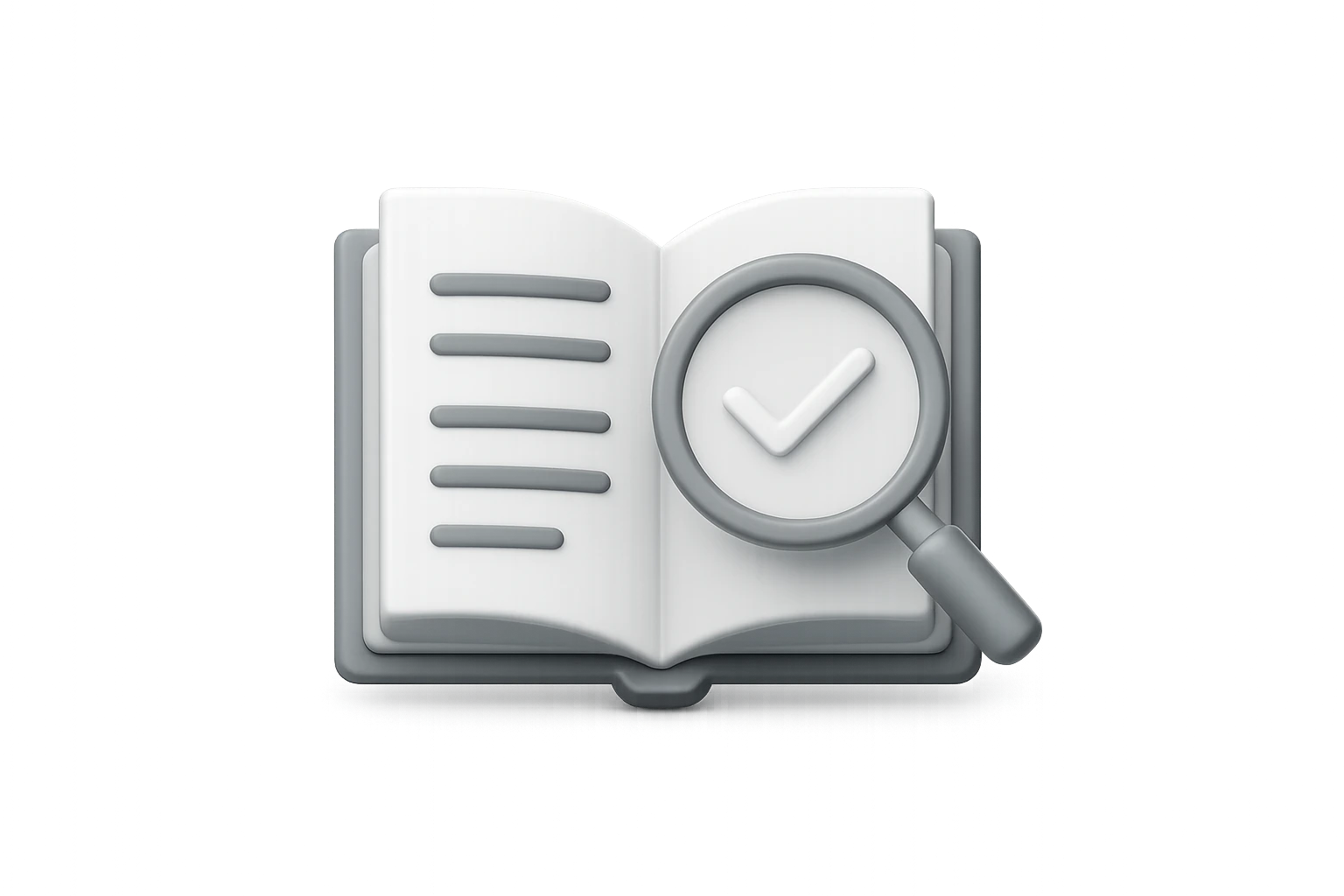
Contract, Proposal, and Client Specs Analysis
A single, clean source of truth
This module gives Charlie the ability to read and reconcile contracts, client specs, and proposals, resolving hidden contradictions and surfacing misalignments before they cause damage.
Charlie acts like a legal engineer, a forensic analyst, and a translator—turning dense project documents into structured data, executable logic, and alerts that prevent chaos down the line.
Charlie acts like a legal engineer, a forensic analyst, and a translator—turning dense project documents into structured data, executable logic, and alerts that prevent chaos down the line.
Key Capabilities:
Reads all base documents and flags inconsistencies—whether between proposal and scope,
contract and specs, or new revisions vs. original intent.
contract and specs, or new revisions vs. original intent.
Builds the digital baseline: vectorizes and structures all documents into AI-readable format,
then converts obligations, milestones, specs, and risks into a living execution frame.
then converts obligations, milestones, specs, and risks into a living execution frame.
Prevents bad starts: If the documents don’t match, Charlie stops pre-planning and tells the team why.
Builds risk & responsibility map: Creates live tracking of potential issues and who owns their resolution.
Example:
If the proposal promises a certain compressor model, but the contract is silent and the spec later conflicts, Charlie flags the mismatch, assigns the issue to the right team, and pauses planning on that area until resolved.
Why it matters:
Many delays stem from early misunderstanding. Charlie eliminates them. This module could save 3%–5% of total project time by catching rework and misalignment before they infect the schedule.
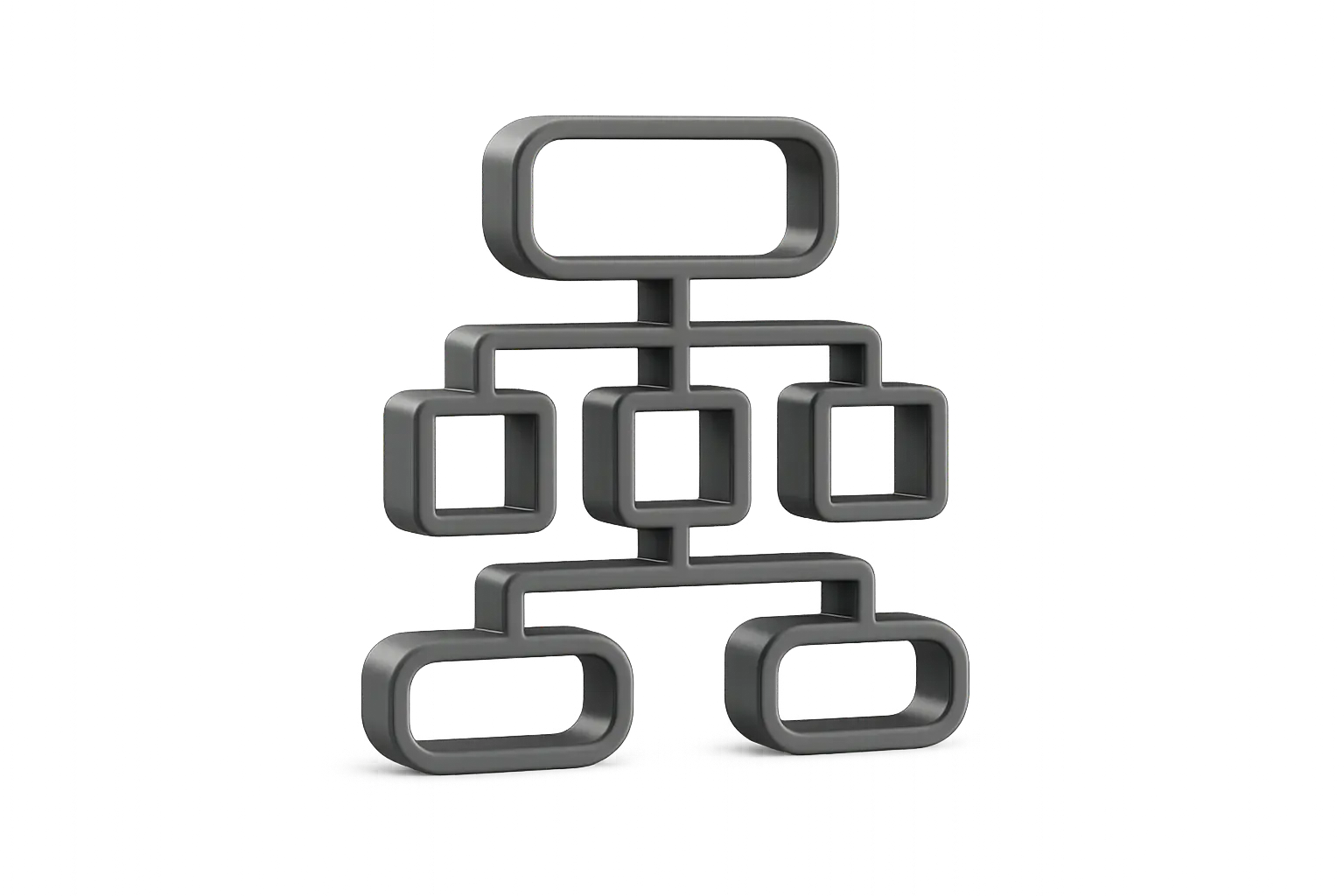
Flow-Based Planning
Build the right map from the start
Charlie doesn’t just help you plan faster — he helps you plan right. In this module, Charlie rebuilds the traditional project plan into a flow-first execution map, structured around real-world systems, readiness, and interdependencies — not arbitrary dates or isolated task lists.
He breaks the job into functioning subsystems, sequences them for minimum friction, and integrates buffers using CCPM logic to protect the project against risk and chaos.
He breaks the job into functioning subsystems, sequences them for minimum friction, and integrates buffers using CCPM logic to protect the project against risk and chaos.
Key Capabilities:
Creates a functional WBS based on real subsystems and interfaces — not just document breakdowns.
Modifies your Project Master Schedule (in Primavera) and re-sequences deliverables to ensure each discipline unblocks the next,
aligning engineering, procurement, and construction around system flow.
aligning engineering, procurement, and construction around system flow.
Applies buffer logic to protect execution, not just track it — adapting Critical Chain thinking to real project dynamics.
Tracks design flexibility and preserves optionality, so bad decisions aren’t locked in too early.
Builds interface awareness across disciplines — so silos don’t delay each other by accident.
Updates the plan in real time as field conditions, material status, or weather change — Charlie reroutes accordingly.
Example:
If piping is delayed in a utility subsystem but electrical is ready, Charlie detects the blocker, reroutes the plan, and shifts priorities across teams to protect overall commissioning flow — not just individual task charts.
Why it matters:
Old plans look clean but collapse under real-world complexity. Charlie's logic prevents that. This module can reduce total project duration by 20%–35% through better structure, smarter sequencing, and continuous flow protection.
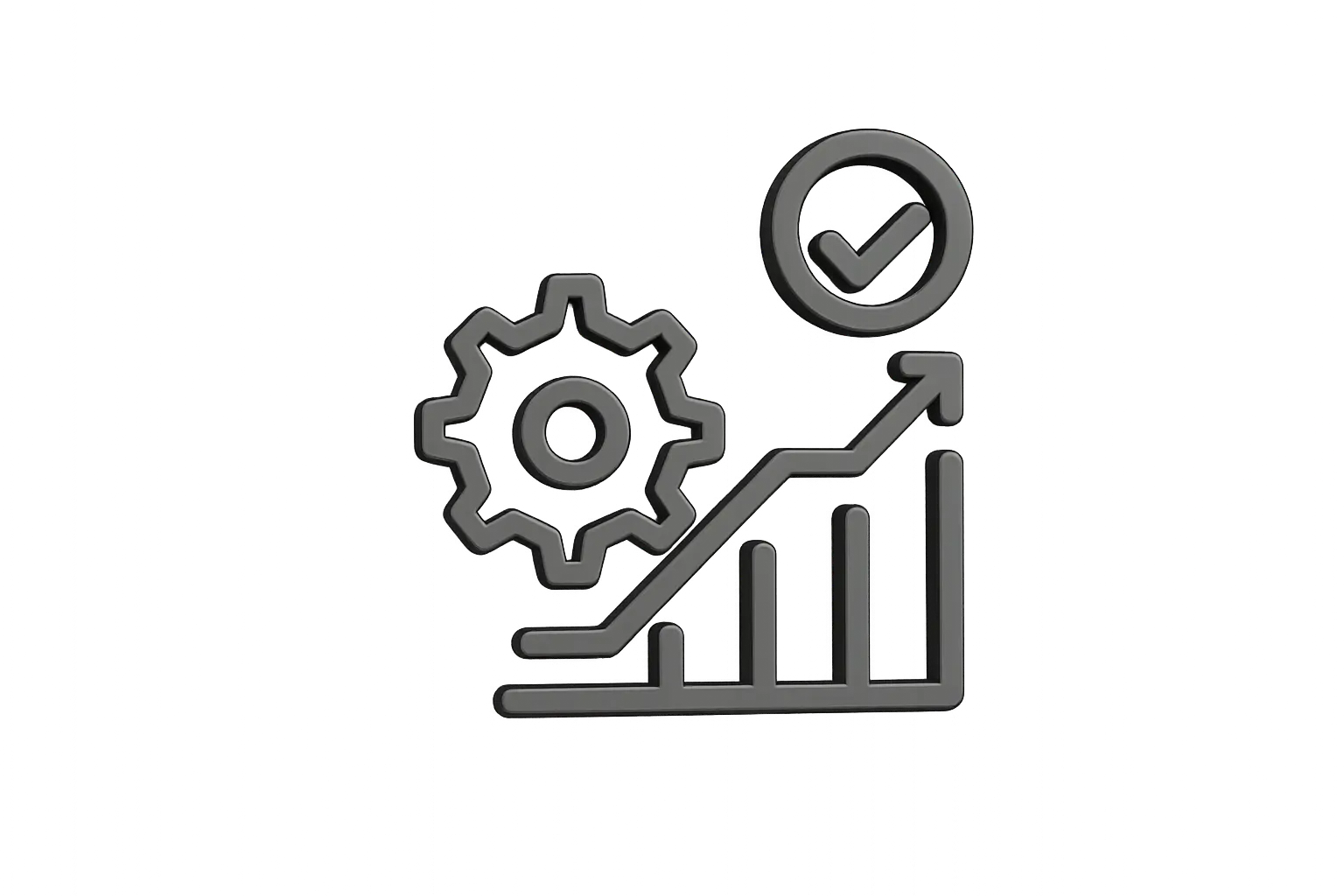
Engineering Progress & Flow Assurance
Clean, Timed, Unblocking Output
Charlie ensures engineering delivers more than just documents — it delivers the right work, in the right order, at the right time, so nothing slows down construction, procurement, or commissioning.
This module turns engineering into a flow engine. Instead of just measuring percent complete, Charlie focuses teams on what actually matters: which deliverables unblock progress, which tasks are critical next, and what’s holding things up.
This module turns engineering into a flow engine. Instead of just measuring percent complete, Charlie focuses teams on what actually matters: which deliverables unblock progress, which tasks are critical next, and what’s holding things up.
Key Capabilities:
Tracks isometric readiness to ensure piping drawings are clean, complete, and truly usable.
Monitors and clears holds that block progress before they snowball into delays.
Predicts IFC release timing, so downstream teams can plan with confidence.
Overlays progress onto 3D models, showing real readiness—not false comfort.
Guides both multidisciplinary and discipline-specific work toward flow-critical tasks.
Aligns model reviews with system readiness, avoiding review churn or late discoveries.
Example:
Construction is about to begin on subsystem 7, but a piping ISO is missing due to a hold. Charlie catches it, identifies the blocker, assigns it to the responsible party, and shows what downstream tasks are at risk — all before the crew ever gets delayed.
Why it matters:
Traditional systems track effort. Charlie tracks impact. With this module, engineering becomes the tip of the spear for project flow, not the bottleneck. By sequencing smartly, clearing blockers early, and focusing on readiness, this module can save 6%–12% of total project time.

Procurement Flow Optimization
Materials that show up ready, not late
Procurement isn’t just about placing POs—it’s about making sure materials arrive when the system needs them, not just when the schedule says they’re “due.” Charlie transforms procurement into an active flow control layer that keeps construction unblocked and commissioning on track.
Instead of waiting for issues, Charlie helps the team act early—grouping materials by what workfronts they support, timing orders with buffers, simulating risk, and proposing fast substitutes when things go wrong.
Instead of waiting for issues, Charlie helps the team act early—grouping materials by what workfronts they support, timing orders with buffers, simulating risk, and proposing fast substitutes when things go wrong.
Key Capabilities:
Tags and groups materials based on system/subsystem need, not just vendor packages.
Times purchase orders with buffers, not hope, to absorb vendor or shipping risk.
Recommends substitutes instantly when delays threaten critical path items.
Simulates flow and predicts risks, allowing proactive intervention before delays hit.
Builds live vendor feedback loops to stay updated on true material readiness.
Activates intermediaries when vendors underperform or customs slow things down.
Example:
Charlie detects that a valve set for subsystem 5 is stuck in customs. He flags the delay, proposes an equivalent substitute from a local vendor, re-sequences POs, and notifies procurement and site leads—before the delay ever affects the crew.
Why it matters:
Procurement delays account for 5%–15% of typical project slippage. This module turns procurement from a lagging process into a predictive engine for system readiness. Used well, this module can cut procurement-related delays by 30%–60%, saving 2%–8% of total project time.
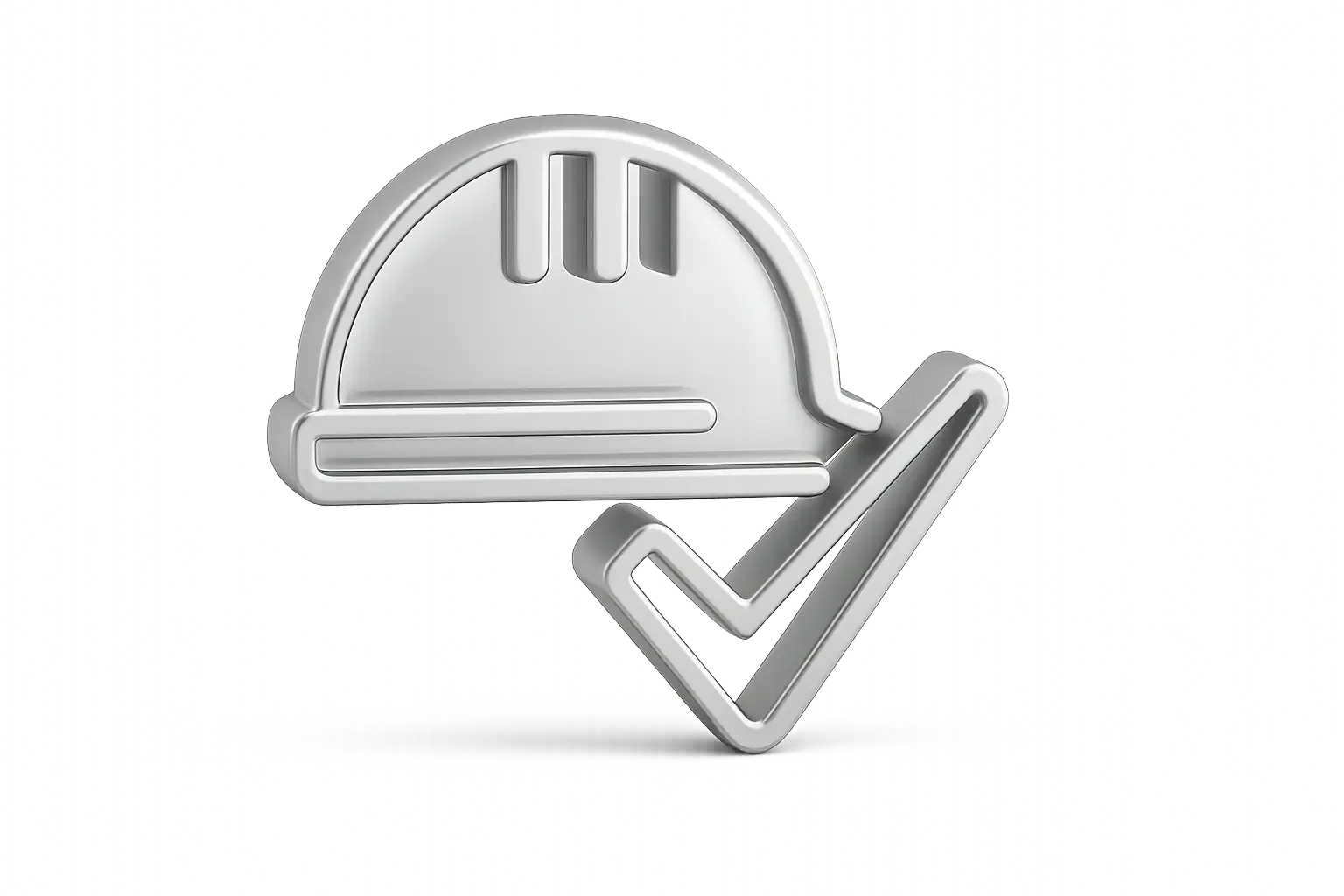
Construction Readiness & Site Logic
Only build when ready
On paper, a job may look “ready.” But on the ground, missing tools, blocked access, or bad weather can kill flow. This module ensures that every crew mobilization is smart, sequenced, and flow-protecting—not based on blind schedules, but on real readiness.
Charlie continuously monitors terrain, materials, permits, and interfaces, then prioritizes only those work zones where construction can move without interruption. No more wasted effort, idle crews, or firefighting delays.
Charlie continuously monitors terrain, materials, permits, and interfaces, then prioritizes only those work zones where construction can move without interruption. No more wasted effort, idle crews, or firefighting delays.
Key Capabilities:
Verifies full-kit readiness — materials, drawings, tools, permits — before any workfront is released.
Analyzes terrain and access conditions in real time to avoid sending crews to blocked zones.
Dynamically prioritizes work areas that are truly ready and high-value to system flow.
Simulates flow and predicts risks, allowing proactive intervention before delays hit.
Optimizes crew assignments daily, avoiding rigid, outdated labor plans.
Implements takt-based rhythms to maintain smooth handoffs between trades and zones.
Example:
Rain floods a work area overnight. Instead of blindly sending crews per plan, Charlie reassigns them to a subsystem that’s fully kitted and accessible, protecting flow while the blocked zone recovers.
Why it matters:
Most construction delays aren’t technical—they’re logistical. Charlie brings real-world awareness into construction logic, so work only starts when it can flow cleanly. By eliminating false starts, crew mismatches, and stalled work fronts, this module can save 2%–8% of total project time—delivering a smoother, faster build and cutting months off large execution schedules.

Subsystem Flow & Commissioning
Start early, finish smooth
Commissioning doesn’t have to be a frantic, last-minute fire drill. Charlie turns it into a planned, layered, subsystem-first flow, starting as early as safely possible and unfolding in clean, sequenced waves.
Instead of waiting for full project completion, Charlie identifies which parts of the plant can be started early, orchestrates temporary tie-ins, and builds a smart path from partial handovers to full start-up—without chaos or last-minute surprises.
Instead of waiting for full project completion, Charlie identifies which parts of the plant can be started early, orchestrates temporary tie-ins, and builds a smart path from partial handovers to full start-up—without chaos or last-minute surprises.
Key Capabilities:
Finds early commissioning candidates based on real readiness.
Designs temporary tie-ins to enable safe subsystem activation before full plant completion.
Aligns teams toward progressive turnover, avoiding the end-of-project pile-up.
Sequences commissioning activities in tiers (pre-checks, energization, fluid tests, etc.).
Protects subsystem handovers with dynamic buffers to absorb upstream variability.
Ensures readiness gates (documents, punch lists, interfaces) are cleared before commissioning begins.
Example:
Subsystem U-110 (utility air) is physically complete but waiting on an unrelated HVAC area. Charlie flags U-110 as a viable early start, proposes a temporary tie-in, and launches pre-commissioning—gaining 3 weeks of startup runway with zero risk.
Why it matters:
Start-up delays are often where margins, trust, and performance fall apart. Charlie shifts commissioning from “the last thing we rush” to “the first thing we prepare to flow.” By starting earlier and sequencing smarter, this module can save 2%–8% of total project time, converting a chaotic scramble into a controlled, momentum-building finish.
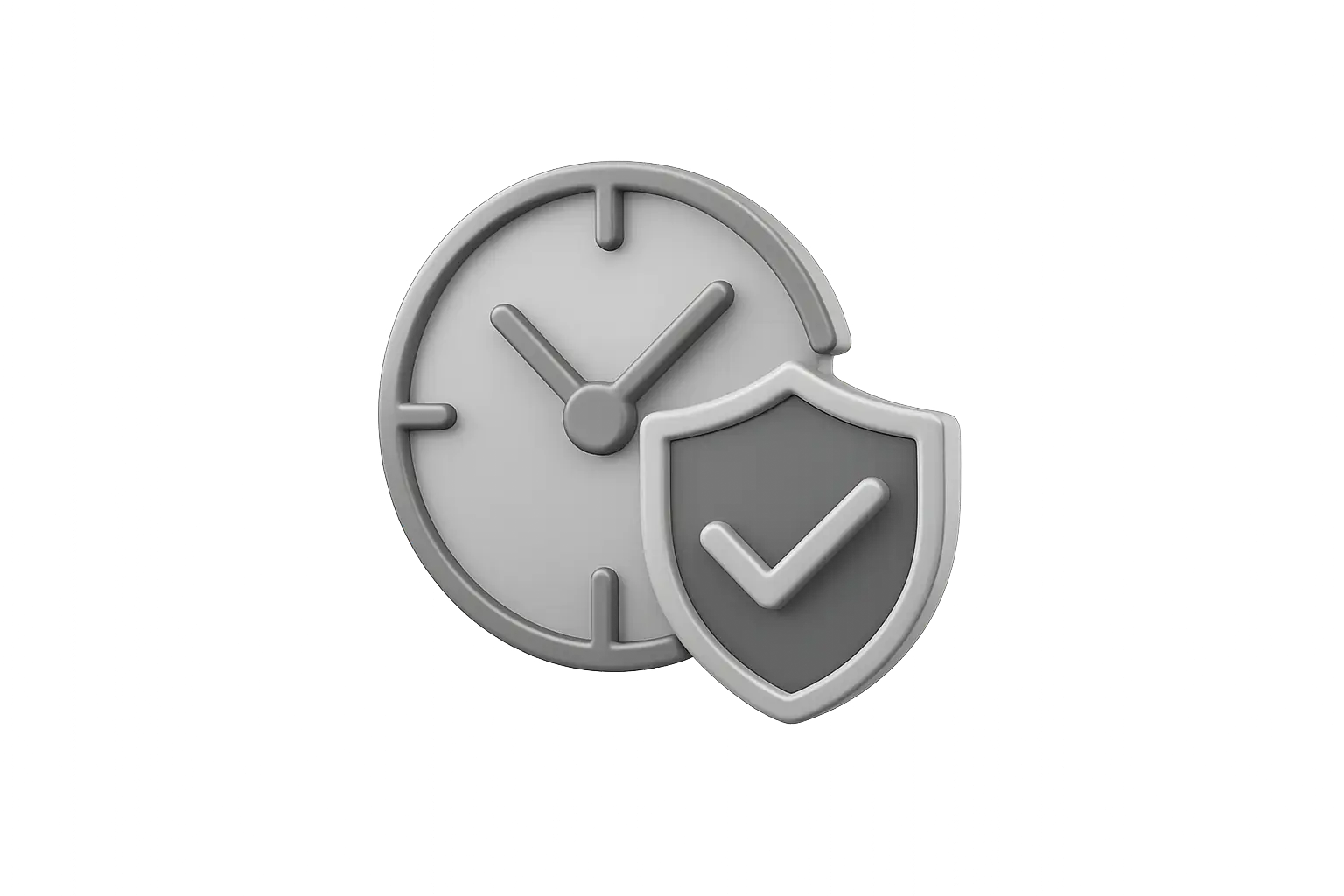
Daily Field Control & Delay Prevention
Flow protected, every day
A good plan means nothing if it breaks down on Tuesday. Charlie gives your project a real-time nervous system — sensing issues, reacting instantly, and keeping every crew focused on what moves the needle.
This module replaces lagging reports and reactive meetings with a fast, intelligent daily control layer. Delays are predicted, blockers are solved, and decisions happen at the speed of site reality.
This module replaces lagging reports and reactive meetings with a fast, intelligent daily control layer. Delays are predicted, blockers are solved, and decisions happen at the speed of site reality.
Key Capabilities:
Runs structured digital stand-ups with live updates from every discipline.
Predicts emerging risks before they turn into lost days or idle crews.
Visualizes execution risk zones so leaders know exactly where to act.
Deploys un-blocker teams to resolve tie-ins, missing inputs, or interface gaps.
Collects real TTC updates daily to spot slippage or hidden friction.
Activates a Quick Reaction Force to solve urgent site issues before they spiral.
Example:
A subsystem shows slippage in two activities. Charlie detects the pattern, maps the delay risk, assembles and deploys a QRF team, and reassigns one task to a faster crew—neutralizing a 3-day risk before it hits the schedule.
Why it matters:
Delays don’t always come from big failures—they grow silently, day by day. Charlie keeps the field synchronized, proactive, and execution-focused at all times. This module delivers 2%–8% time savings by keeping crews aligned, issues solved, and the project moving hour by hour, not just month by month.
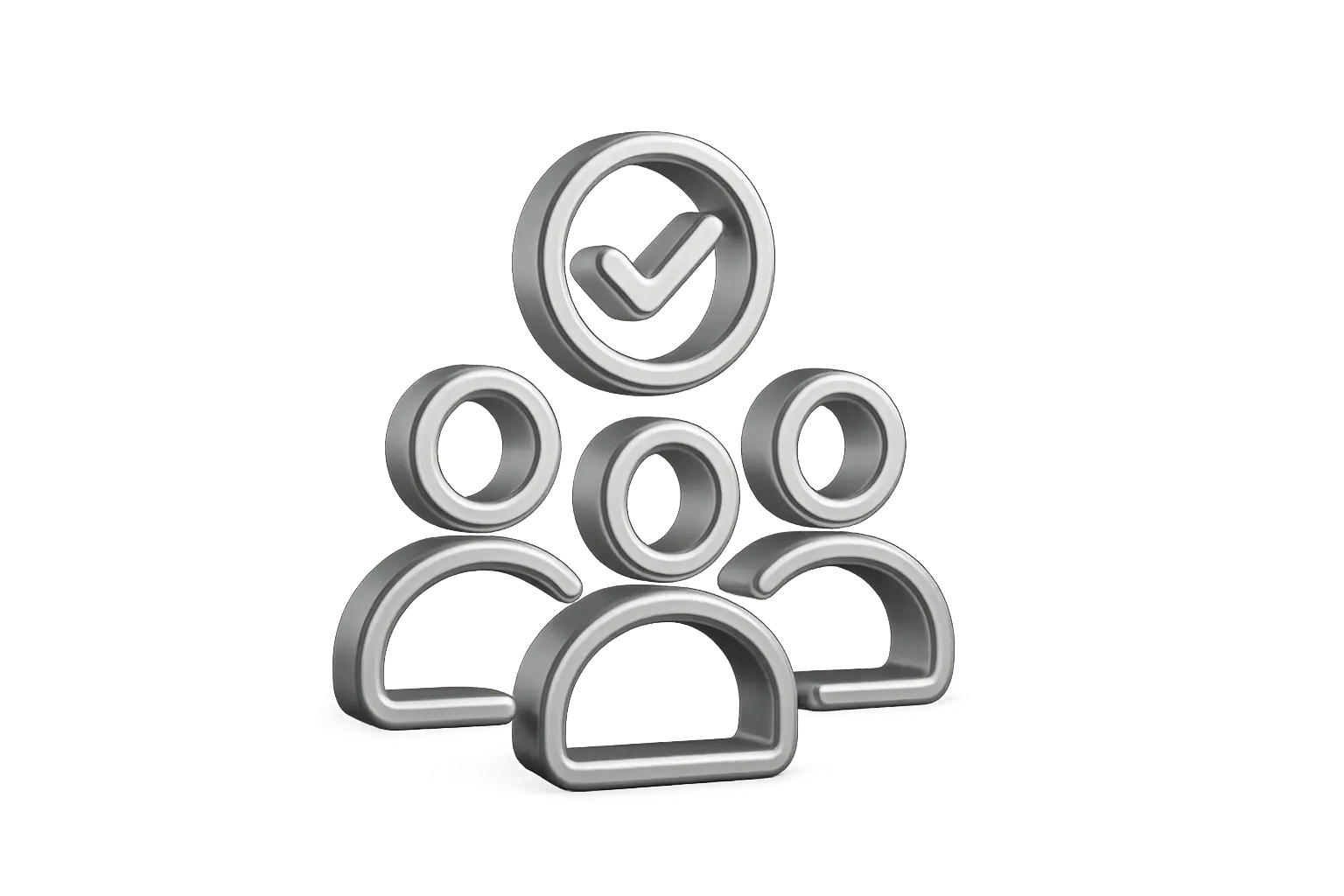
Client & Stakeholder Alignment
Clarity that protects flow
Even with a perfect execution plan, projects stall if the client and stakeholders aren’t truly aligned. This module makes sure everyone — client, contractors, and teams — stays on the same page, with clear communication, shared goals, and no surprises.
Charlie turns alignment into a system, not a hope. With live dashboards, action-based updates, and traceable decisions, clients become enablers of flow — not a source of friction.
Charlie turns alignment into a system, not a hope. With live dashboards, action-based updates, and traceable decisions, clients become enablers of flow — not a source of friction.
Key Capabilities:
Live flow dashboards show true project status and blockers at a glance.
Clear success definitions ensure “done” means the same thing to all parties.
Updates framed around decisions, not passive reports.
Time-stamped decision log prevents memory gaps and accountability confusion, especially valuable in litigation scenarios.
Client feedback tracker detects scope drift early—before it derails execution.
Example:
A client wants to change a spec mid-design. Charlie logs the request, shows downstream impact, updates the dashboard, and routes the decision through the right review flow — avoiding rework and preventing misalignment from becoming delay.
Why it matters:
Miscommunication and unclear expectations are some of the most expensive and unnecessary sources of delay. Charlie eliminates them with clarity, visibility, and shared truth. This module can save 2%–7% of total project time by removing ambiguity, speeding up decisions, and making alignment a shared daily habit — not a gamble.

Materials Readiness & Intelligence
Build without suprises
You can’t execute without materials—but having them “on order” or “in warehouse” isn’t enough. This module ensures that every valve, cable, and bolt is not just delivered, but truly ready to support flow.
Charlie brings full material awareness across engineering, procurement, logistics, and construction—so the team knows what’s ready, what’s missing, and what’s at risk, long before it becomes a blocker.
Charlie brings full material awareness across engineering, procurement, logistics, and construction—so the team knows what’s ready, what’s missing, and what’s at risk, long before it becomes a blocker.
Key Capabilities:
Detects material gaps early and flags risks before they stop the crew.
Tracks alignment between drawings and POs, avoiding surprises on site.
Maintains buffer stock for critical tags to prevent flow interruptions.
Forecasts readiness issues across the lifecycle using predictive analytics.
Verifies warehouse usability — not just location, but QA status and field readiness.
Tracks material tags end-to-end, from engineering to commissioning.
Example:
A piping crew is ready for install, but flanges are missing. Charlie had already flagged the lag 5 days earlier, proposed a substitute, and triggered a buffer pull — preventing idle time before it happened.
Why it matters:
Material delays are invisible until they hit the field—and by then, it’s too late. Charlie provides material intelligence that’s live, predictive, and flow-aware. This module can save 2%–8% of total project time by eliminating material chaos and making readiness a proactive, managed process — not a guessing game.

Execution Health & Performance
The pulse of the project
Even when reports say “on track,” execution can be quietly falling apart. Charlie gives your project a real-time health dashboard that shows where things are flowing, where they’re fragile, and where teams need help — before it’s too late.
This module turns lagging reports into live signals, and turns vague gut-checks into clear, actionable flow intelligence.
This module turns lagging reports into live signals, and turns vague gut-checks into clear, actionable flow intelligence.
Key Capabilities:
Tracks real execution health using Charlie's flow-based KPI framework.
Detects hidden friction and burnout through behavioral signals (slipping TTCs, idle teams, unresolved blockers).
Engages teams with gamified dashboards that keep goals clear and progress visible.
Scores the trustworthiness of inputs and forecasts, flagging unreliable data.
Generates live heat-maps of system performance and team overload.
Suggests smart moves to balance workload, assign help, and protect buffers.
Example:
A zone looks fine in the Gantt, but Charlie sees growing TTC drift, low update frequency, and silent buffer compression. He raises a warning, suggests reinforcing with a second crew, and shifts a critical engineer from a low-priority area.
Why it matters:
Projects don’t slip all at once—they slip quietly, then suddenly. Charlie surfaces issues early, so leaders steer proactively instead of reacting under pressure.This module can save 2%–7% of total project time by ensuring flow is maintained, stress doesn’t compound, and leadership decisions are based on truth — not lagging reports.
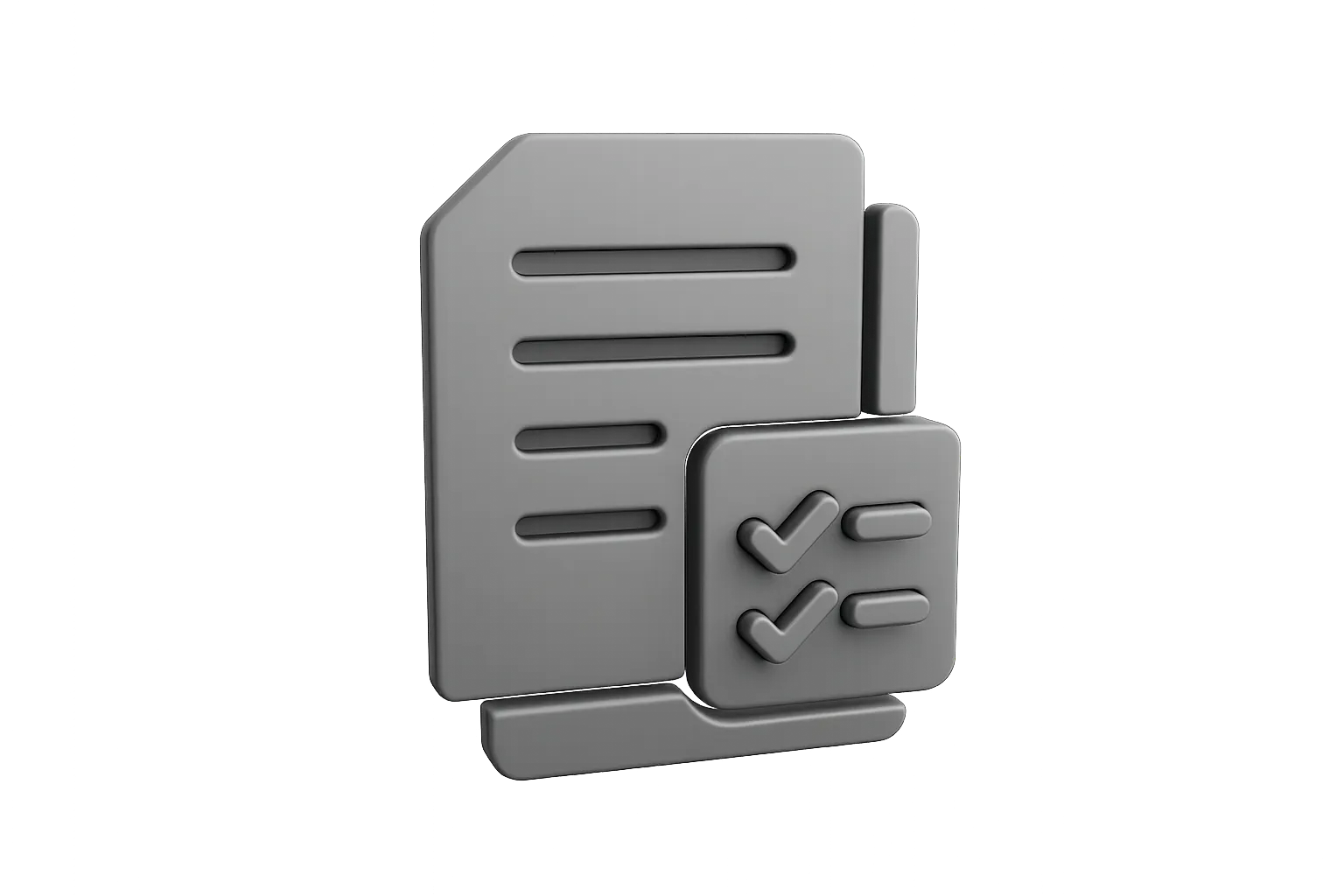
Document & List Control
No delays from missing information
Every big project runs on documents, lists, and field notes — and when even one is missing, outdated, or buried, execution stalls. Charlie acts as the project’s super librarian, ensuring every file is clean, current, traceable, and tied directly to flow.
This module gives every team instant access to the right specs, drawings, lists, and insights — before delays or rework take hold.
This module gives every team instant access to the right specs, drawings, lists, and insights — before delays or rework take hold.
Key Capabilities:
Tracks document compliance — ensuring drawings, specs, and manuals are approved and ready before they’re needed.
Maintains critical lists (lines, equipment, instruments, cables, punch lists) and syncs them across engineering,
procurement, and commissioning.
procurement, and commissioning.
Captures engineer and field notes — formal and informal — to preserve key design intent, fixes, and lessons learned.
Example:
Before issuing a construction package, Charlie runs a check and finds the latest cable list hasn’t been updated to match a revised layout. He flags the inconsistency, triggers a correction, and avoids a week of field rework.
Why it matters:
Outdated or lost information leads to delays, scope confusion, and waste. Charlie keeps every document and list alive, connected, and ready to support execution. By eliminating information chaos, this module can save 2%–5% of total project time — helping teams stay aligned, act fast, and build right the first time.
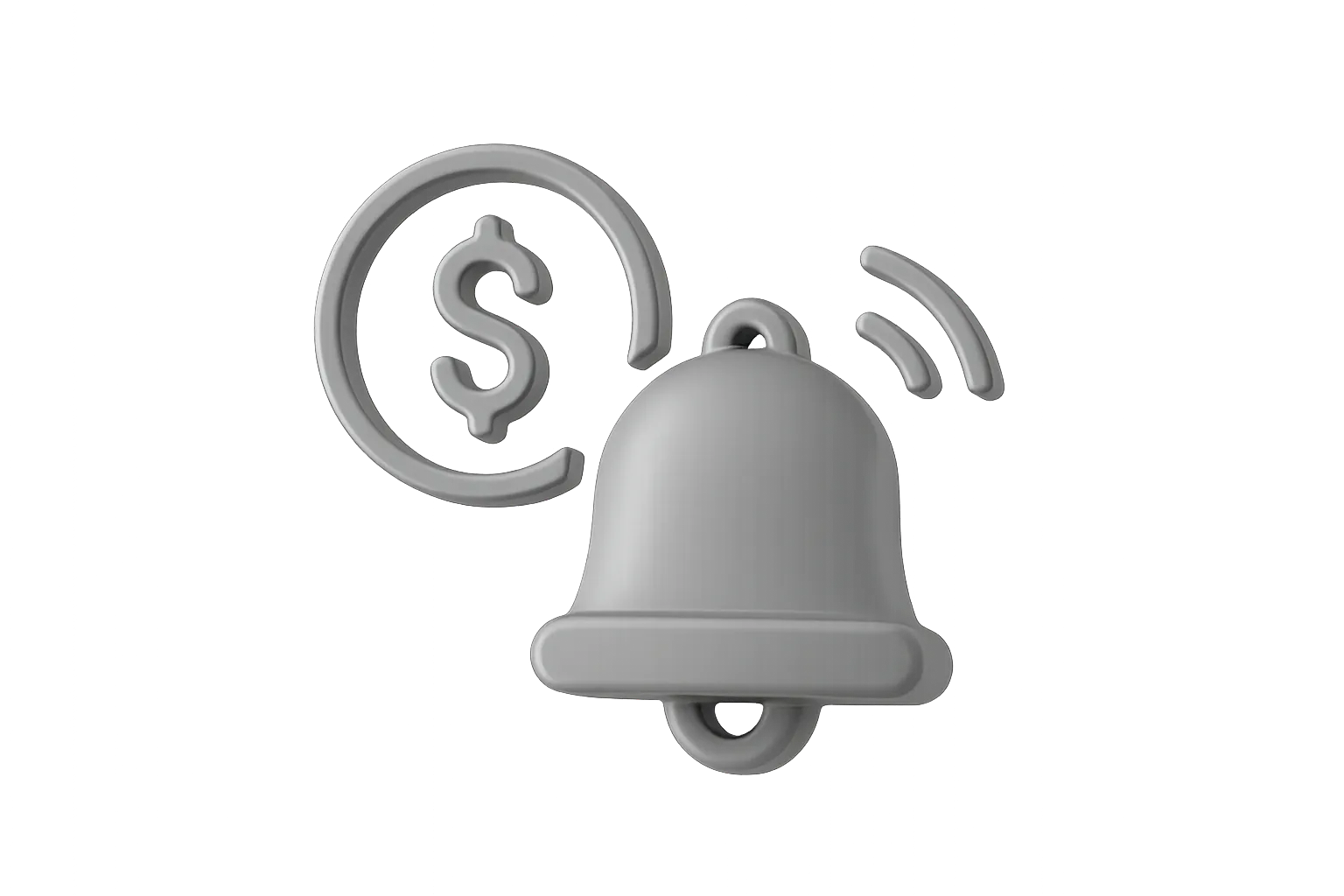
Incentives & Awareness
Urgency that drives flow
Projects stall not just from bad plans — but from teams losing sight of what matters. This module ensures that everyone feels the urgency to protect flow, and that recognition is tied to real impact — not just busyness.
Charlie brings visibility into the true cost of delay, and rewards the people who take actions that move the project forward — fast.
Charlie brings visibility into the true cost of delay, and rewards the people who take actions that move the project forward — fast.
Key Capabilities:
Live cost-of-delay counter shows the real money lost each hour when the project slows down — turning
passive time into visible pressure.
passive time into visible pressure.
Flow-aligned incentives reward teams and individuals for what actually protects execution:
clearing blockers, advancing readiness, and protecting buffers.
clearing blockers, advancing readiness, and protecting buffers.
Example:
A mechanical lead identifies a tie-in clash early and mobilizes a fix before it hits construction. Charlie logs the intervention, estimates the delay avoided, and updates the project dashboard — earning recognition tied to flow impact, not just output.
Why it matters:
If teams don’t feel the cost of delay, they don’t act fast enough. Charlie makes impact visible, and motivates the right behavior — at the right time. When teams are aligned with urgency and rewarded for flow-critical actions, this module can save 1%–3% of total project time — by replacing passive progress with intentional acceleration.
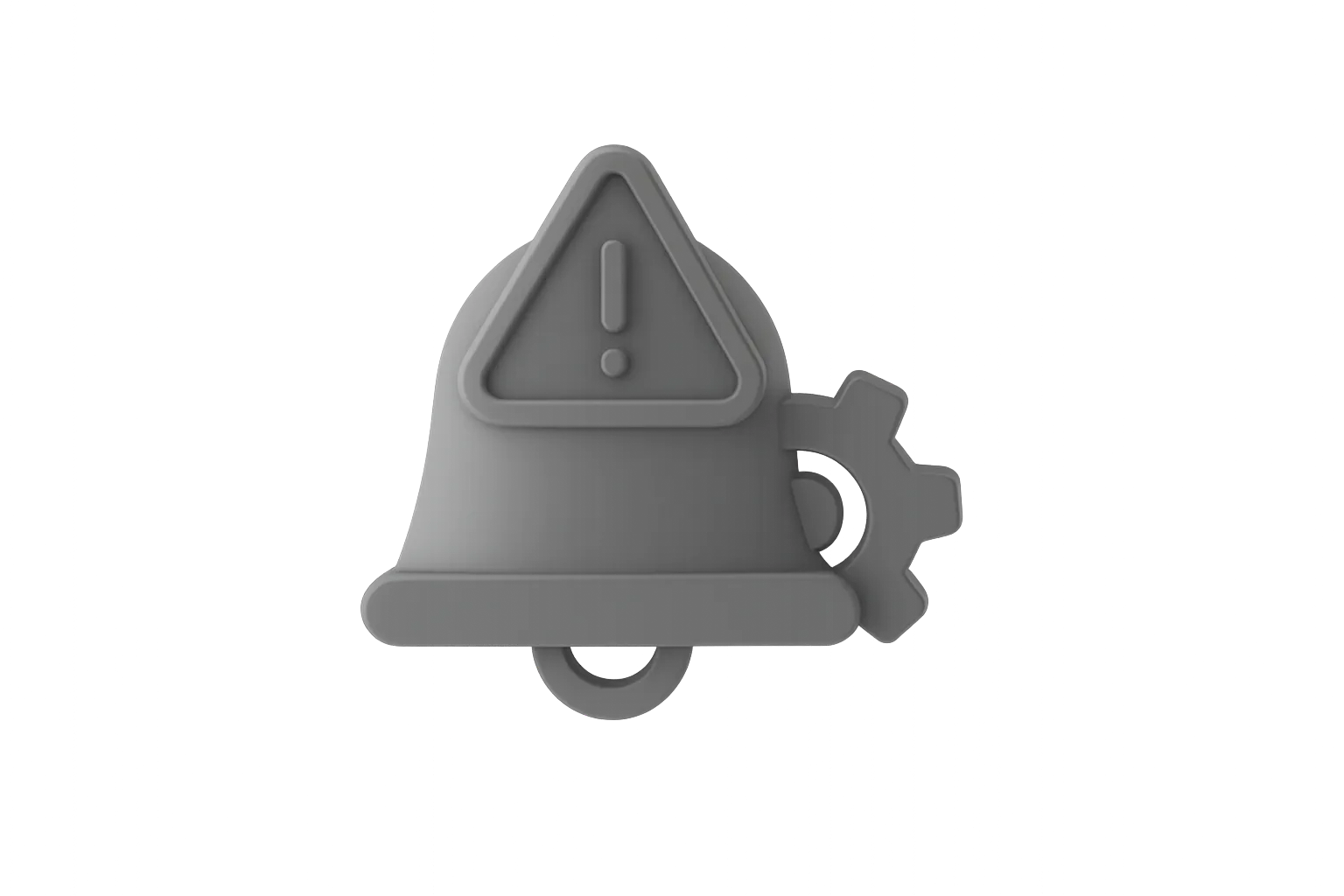
Early Warnings & Automation
Act before it breaks
Delays don’t start big — they start small, then grow. This module gives Charlie the ability to spot early signs of trouble and alert the right people before flow is compromised.
Think of it as the project’s execution radar — constantly scanning for signs of drift, delay, or overload, and helping teams take action before problems become losses.
Think of it as the project’s execution radar — constantly scanning for signs of drift, delay, or overload, and helping teams take action before problems become losses.
Key Capabilities:
Detects early warning signals — like slipping TTCs, idle crews, or document lag — and sends automated
reminders to resolve them before flow is hit.
reminders to resolve them before flow is hit.
Scans ahead for future risks, such as vendor bottlenecks, resource conflicts, or subsystem
stress — and proposes targeted, proactive fixes.
stress — and proposes targeted, proactive fixes.
Example:
Charlie detects that two critical documents haven’t moved in three days, while the dependent construction crew is nearing readiness. He sends alerts, tags the responsible party, and suggests a temporary resequencing — avoiding a cascade delay.
Why it matters:
Projects lose weeks because teams react too late. Charlie turns execution into a preventative discipline, not a constant recovery mission. With consistent early action, this module can save 1%–3% of total project time — helping teams finish faster by never falling behind in the first place.
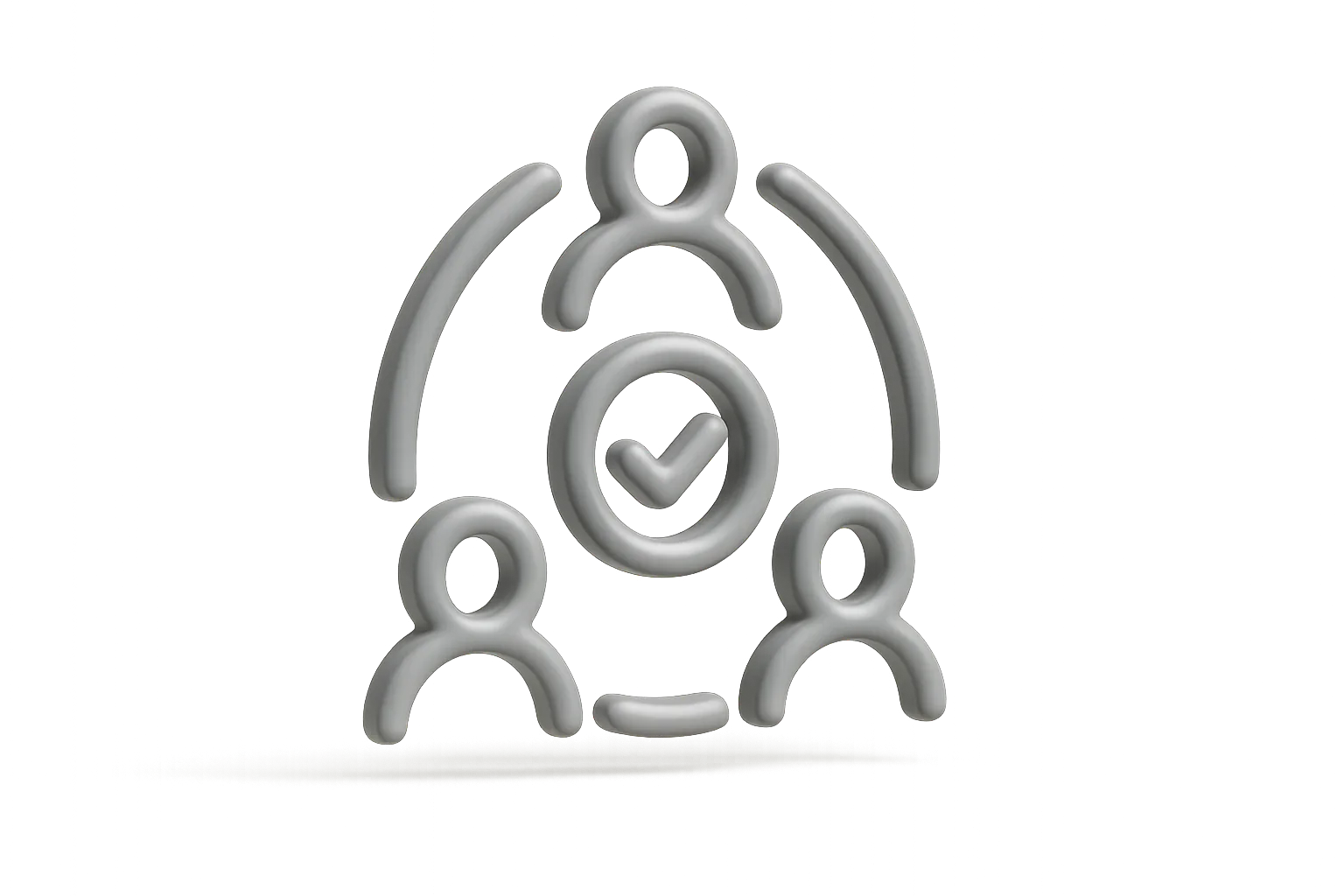
Ecosystem Alignment
One project, one team
Projects fail when each company pulls in a different direction. This module helps Charlie align the entire ecosystem — clients, EPCs, vendors, and subs — into one unified execution engine.
Instead of competing KPIs, conflicting contracts, or siloed priorities, Charlie creates shared flow rules, unified goals, and real coordination — turning a fragmented supply chain into a cohesive delivery machine.
Instead of competing KPIs, conflicting contracts, or siloed priorities, Charlie creates shared flow rules, unified goals, and real coordination — turning a fragmented supply chain into a cohesive delivery machine.
Key Capabilities:
Builds a shared operating model so all players follow the same decision logic, escalation paths, and project priorities.
Visualizes strategy connections through joint tactic trees — so everyone sees how their tasks impact system flow.
Aligns contracts and KPIs with real execution goals — avoiding targets that create friction instead of progress.
Example:
A vendor is optimizing for on-time PO delivery, while the EPC is optimizing for system sequencing. Charlie detects the misalignment, flags the KPI conflict, and proposes a harmonized clause to incentivize subsystem readiness — not just paperwork delivery.
Why it matters:
Most projects aren’t broken — they’re misaligned. Charlie turns multiple agendas into one shared mission: flow. By turning adversarial coordination into a shared system, this module can save 1%–3% of total project time — and prevent friction from turning into failure.
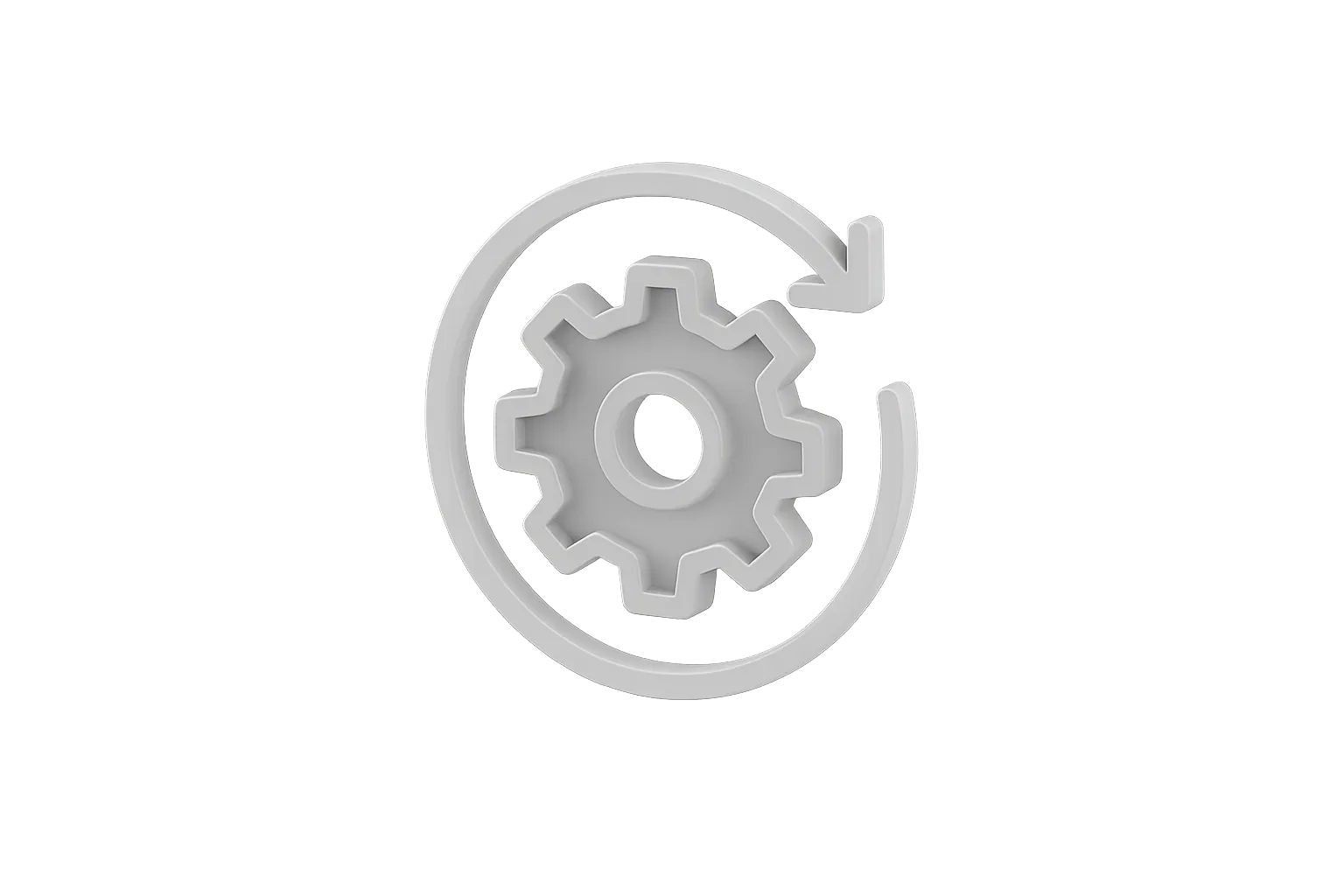
Systemwide Workflow Optimization
Clear paths, faster work
Projects don’t just lose time from big delays — they bleed it slowly through clunky workflows, sluggish feedback loops, and invisible handoff friction. This module gives Charlie the ability to optimize how work actually moves across the system.
Instead of reacting to missed deadlines, Charlie improves the process itself — simplifying approvals, accelerating feedback, and unblocking invisible slowdowns before they add up.
Instead of reacting to missed deadlines, Charlie improves the process itself — simplifying approvals, accelerating feedback, and unblocking invisible slowdowns before they add up.
Key Capabilities:
Analyzes workflow bottlenecks — like unclear responsibilities, excessive approvals, or repeated ping-pong
between teams — and proposes faster, cleaner paths.
between teams — and proposes faster, cleaner paths.
Accelerates slow feedback loops, such as overdue reviews or pending decisions, through smart
reminders, auto-escalation, or context-aware nudges.
reminders, auto-escalation, or context-aware nudges.
Example:
A key drawing is stuck waiting on cross-discipline signoff. Charlie detects the delay, sees it’s on hold for a stakeholder who’s overloaded, and triggers a reroute with a qualified alternate reviewer — cutting 3 days off subsystem delivery.
Why it matters:
Teams are working — but bad workflows make them wait. Charlie ensures execution isn’t just smart, but frictionless at every level. With smoother workflows and tighter feedback cycles, this module can save 1%–3% of total project time — by turning hidden slowness into visible, fixable flow gains.

Sentinella
From guidance to real action
Even the smartest plans fail if no one follows through. Charlie's Sentinella acts as the project’s behavioral watchdog — monitoring not just what was supposed to happen, but whether it actually did.
It quietly checks adherence to Charlie's recommendations, flags when teams drift or delay, and gives leaders a live view of where flow is being protected — and where it’s silently slipping.
It quietly checks adherence to Charlie's recommendations, flags when teams drift or delay, and gives leaders a live view of where flow is being protected — and where it’s silently slipping.
Key Capabilities:
Tracks behavior — who follows Charlie's guidance, who ignores, and what happens as a result.
Links decisions to real outcomes, helping teams learn what works (and what doesn’t).
Flags risks from inaction early, before delays snowball.
Scores team adherence and collects structured feedback to improve performance.
Displays a live discipline dashboard, showing where corrective action is needed.
Example:
Charlie recommends reassigning a crew to protect subsystem flow. The suggestion is ignored. Sentinella logs the inaction, correlates it with a 5-day delay, and flags the pattern — prompting leadership to intervene and prevent further slippage.
Why it matters:
Execution doesn’t fail because we lack insight — it fails because we fail to act. Sentinella ensures that insight turns into action, and that discipline becomes measurable, traceable, and self-correcting.By closing the gap between planning and doing, Sentinella can save 2%–7% of total project time — turning smart ideas into consistent action, and helping projects finish on time, not just well planned.

